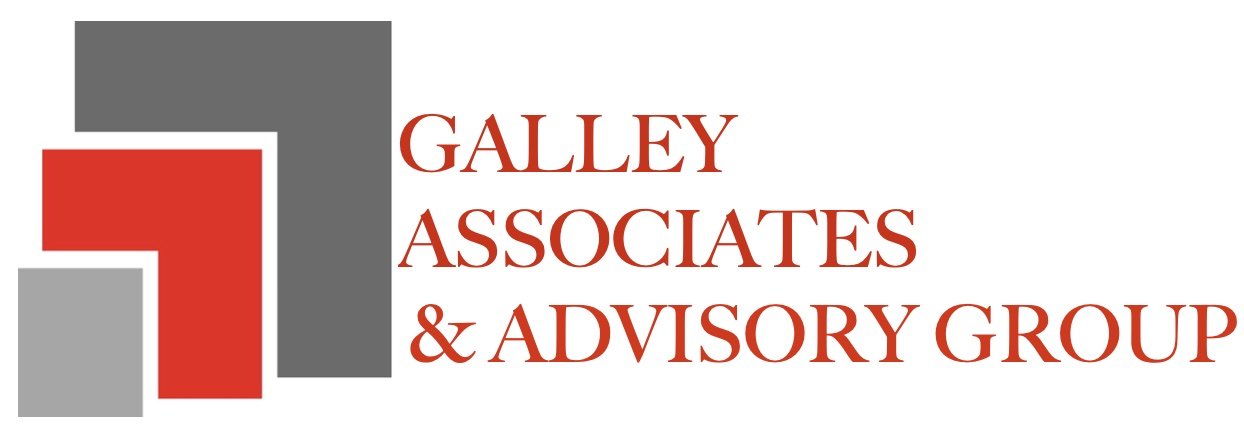Super Wars & Taxation
Future earnings for super balances above $3m will be taxed at 30% from 2025-26
The Government has announced that from 2025‑26, the 15% concessional tax rate applied to future earnings for superannuation balances above $3 million will increase to 30%.
The concessional tax rate on earnings from superannuation in the accumulation phase will remain at 15% up to $3m. From $3m onwards, the rate will increase to 30%. The amendment applies to future earnings; it is not retrospective.
80,000 people are expected to be impacted by the measure.
The announcement doesn’t propose any changes to the transfer balance cap or the amount that a member can have in the tax-free retirement phase.
The ‘Super’ Wars
A consultation paper released by Treasury has sparked a national debate about the role, purpose and access to superannuation ahead of the 2023-24 Federal Budget.
What is the purpose of superannuation? At first glance, the consultation released by the Treasury in February titled *Legislating the objective of* Superannuation sounds innocuous enough. The consultation seeks to anchor future policies relating to superannuation to a legislated objective:
The objective of superannuation is to preserve savings to deliver income for a dignified retirement, alongside Government support, in an equitable and sustainable way.
But what seems self-evident has opened a Pandora’s Box of what superannuation is not. If superannuation is to “preserve savings”, that is, restricting access to superannuation savings to retirement only, by default, it is not a means of accumulating wealth in a concessionally taxed environment. It is not a strategy to manage intergenerational wealth. The definition would also prevent initiatives such as the COVID-19 early access scheme used widely during the pandemic to give those in financial distress access to quick cash (over 3 million people withdrew $37.8 billion from their superannuation funds). And, it is not a method of purchasing a home sooner.
As an aside, the Treasurer points out that the average super balance in Australia is $150,000 – taking account of all those with a super balance, including new entrants into the workforce. For those 65 and over, the average balance is around $400,000 across all income brackets.
Superannuation and national building
The second component of the Treasury consultation is nation-building. In a recent speech, the Treasurer stated, “to my mind, defining super’s task as delivering income for retirement isn’t too narrow super’s role in our economy…it’s to elevate it, and broaden it.” The consultation states:
“There is a significant opportunity for Australia to leverage greater superannuation investment in areas where there is alignment between the best financial interests of members and national economic priorities, particularly given the long‑term investment horizon of superannuation funds.”
The compulsory superannuation guarantee (SG) was introduced in 1992 at a rate of 3%, rising to 9% by July 2002. Australia’s superannuation pool has grown from around $148 billion in 1992 to over $3.3 trillion. It now represents 139.6% of gross domestic product (GDP) and is projected to grow to around 244% of GDP by 30 June 2061. Australia’s pool of pension assets is now one of the largest in the world and the fourth largest in the OECD.
The consultation does not define how this ambition would be achieved.
The Treasurer has ruled out changes to the existing early access hardship provisions for super.
The Federal Budget is released on 9 May 2023. Look out for our update with all the relevant news to you, your business and your super.
1 July 2023 Super Balance Increase but no Change for Contributions
The general transfer balance cap (TBC) – the amount of money you can potentially hold in a tax-free retirement account, will increase by $200,000 on 1 July 2023 to $1.9 million. The TBC is indexed to the consumer price index each December.
The TBC applies individually. If your transfer balance account reaches $1.7m or more at any point before 1 July 2023, your TBC after 1 July 2023 will remain at $1.7m. If the highest amount in your account was between $1 and $1.7m, then your cap is proportionally indexed based on the highest balance your transfer balance account reached.
The ATO will look at the highest amount your transfer balance account has ever been, and then apply indexation to the unused cap amount.
For example, if you started a retirement income stream valued at $1,275,000 on 1 October 2022, the highest point your account reached before 1 July 2023, then your unused cap is $425,000 ($1.7m-$1.275m). This unused cap amount works out your unused cap percentage ($425k/$1.7m=25%). The unused cap percentage is then applied to the indexation increase ($200k*25%=$50k) to create your new TBC of $1,750,000.
But don’t worry, you don’t have to calculate this yourself, you can see your personal transfer balance cap, available cap space, and transfer balance account transactions online through the ATO link in myGov.
The caps on the contributions you can make into super however, will remain the same. That is, $27,500 for concessional contributions and $110,00 for non-concessional contributions. The contribution caps are linked to December’s average weekly ordinary time earnings (AWOTE) figures.
